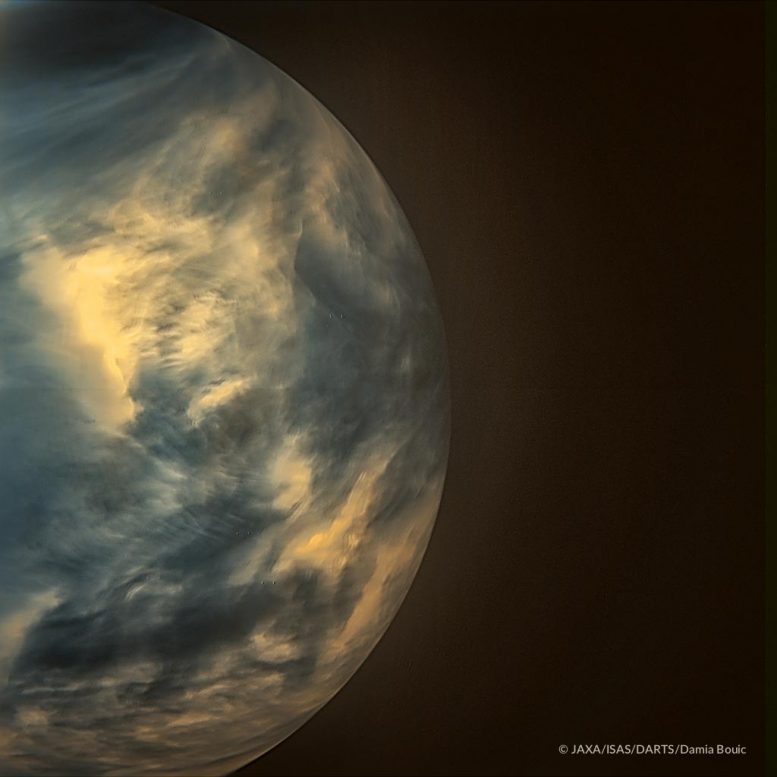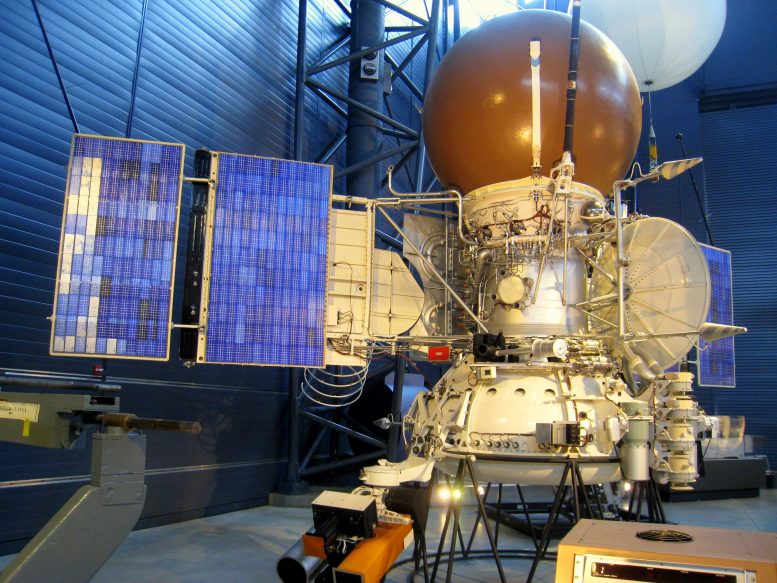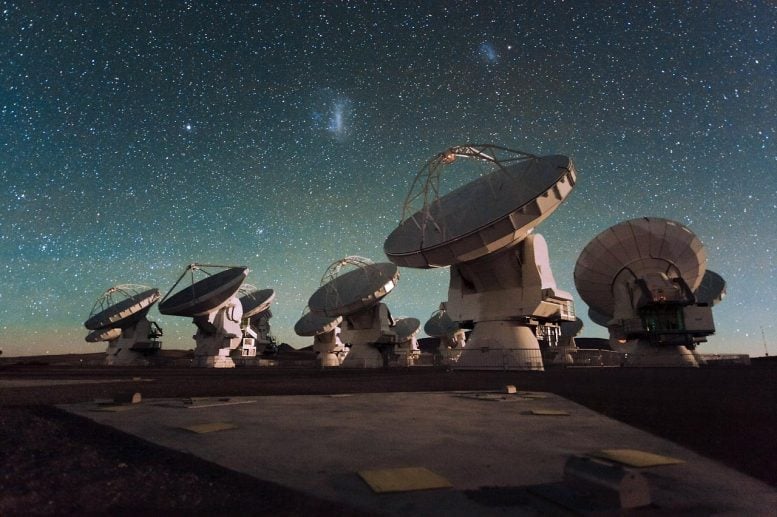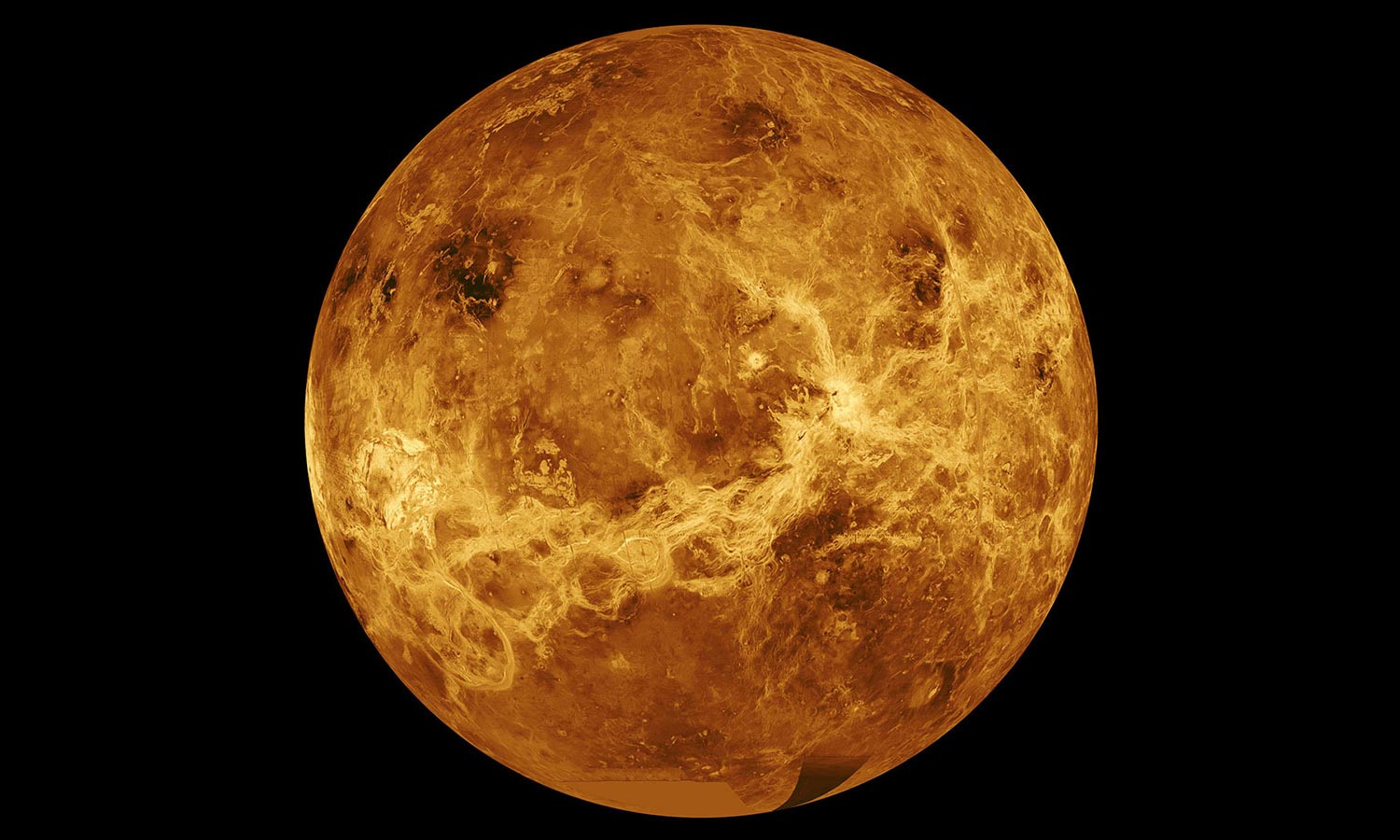By
A radar mosaic image of Venus. Photo credit: NASA / JPL-Caltech
On September 14, 2020, a new planet was added to the list of potentially habitable worlds in the solar system: Venus.
Phosphine was discovered in the middle layer of the Venusian atmosphere, a poisonous gas consisting of a phosphorus and three hydrogen atoms (PH₃), which is usually produced by organic life forms, but is otherwise difficult to produce on rocky planets. This increases the tempting possibility that something is living on our planetary neighbor. With this discovery, Venus joins the sublime ranks of Mars and the icy moons of Enceladus and Europa among the planetary bodies in which life once existed or perhaps still exists today.
I’m a planetary scientist and something of a Venus evangelical. This discovery is one of the most exciting to be made about Venus in a long time – and opens up new opportunities for further exploration in search of life in the solar system.

Venus in the infrared of the Japanese spaceship Akatsuki. The warm colors come from the hot lower atmosphere, which shines through the cooler layers of clouds above. Photo credit: JAXA / ISAS / DARTS / Damia Bouic. JAXA / ISAS / DARTS / Damia Bouic
Atmospheric secrets
First of all, it should be noted that this discovery does not mean that astronomers found alien life in the clouds of Venus. Far from it.
Although the discovery team identified phosphine on Venus using two different telescopes to confirm the first evidence, phosphine gas may result from several processes unrelated to life, such as lightning, meteorite impact, or even volcanic activity.
However, the amount of phosphine detected in the clouds of Venus appears to be far greater than these processes can produce, so the team can rule out numerous inorganic possibilities. However, our understanding of the chemistry of Venus’ atmosphere is sorely lacking: only a handful of missions crashed through the inhospitable, carbon dioxide-dominated atmosphere to take samples from the global layer of sulfuric acid clouds.
So we planetary scientists are faced with two possibilities: Either there is a kind of life in the clouds of Venus that produces phosphine, or there is an unexplained and unexpected chemistry taking place there. How do we find out what it is?

A model of the Soviet Vega 1 spacecraft at the Udvar-Hazy Center at Dulles International Airport. Vega 1 brought a balloon to Venus in 1985 to visit Halley’s comet. Image credit: Daderot
First and foremost, we need more information about the abundance of PH₃ in Venus’s atmosphere, and we can learn something about it from Earth. Just like the discovery team, existing telescopes with which phosphine can be detected around Venus can be used for follow-up observations, both to finally confirm the first finding and to find out whether the amount of PH₃ in the atmosphere changes over time. In parallel, there is now a great opportunity to do laboratory work to better understand the types of chemical reactions that might be possible on Venus – for which we have very limited information currently.

Antennas of the Atacama Large Millimeter / Submillimeter Array Telescope on the Chajnantor Plateau in the Chilean Andes. The telescope was used to confirm the initial detection of phosphine in Venus’ atmosphere. Photo credit: ESO / C. Malin
Again about the injury
But measurements on and from the earth can only get us so far. To really get to the heart of this mystery, we must return to Venus. Spacecraft equipped with spectrometers that can detect phosphine in orbit could be sent to the second planet to characterize where and how much of this gas is there. Since spacecraft can survive for many years in Venus’ orbit, we could obtain continuous observations for a much longer period of time with a special orbiter than with telescopes on Earth.

A concept for a lifting platform at Venus. Two connected balloons can take turns inflating, allowing the balloon to control the height at which it floats. An instrument package would then hang under the balloons. Photo credit: NASA / JPL-Caltech
But even orbital data cannot tell us the full story. In order to get a complete picture of what is happening on Venus, we actually need to get into the atmosphere. And this is where air platforms come into play. Balloons or flying wings can take detailed measurements of the atmospheric composition over much of the acidic cloud layer – where temperature and pressure are almost Earth-like – for months. These vehicles could even carry the types of instruments designed to look for life on Europe. At this point, humanity could finally finally see whether we share our solar system with Venusian life.
Another morning for exploring Venus?
Thirty-one years have passed since the United States last sent a mission to Venus. This could change soon NASA is considering two out of four missions in the late 2020s targeting Venus. One, called VERITAS, would carry a powerful radar to peer through the thick clouds and return unprecedented high-resolution images of the surface. The other, DAVINCI +, would plunge through the atmosphere and feel the air on the descent, perhaps even be able to sniff any phosphine present. NASA plans to select at least one mission in April 2021.
I have previously spoken out in favor of a return to Venus and will continue to do so. Even without this latest scientific discovery, Venus remains a compelling exploration target, with tantalizing evidence that the planet once had oceans and perhaps even suffered a hell of a fate from its own volcanic eruptions.
With the discovery of a potential biomarker in Venus’s atmosphere, we now have another important reason to return to the ancient Greek astronomers of the world called phosphorus – a name for Venus that turns out to be wonderfully forward-looking.
Written by Paul K. Byrne, Associate Professor of Planetary Science at North Carolina State University.
Originally published on The Conversation.![]()



